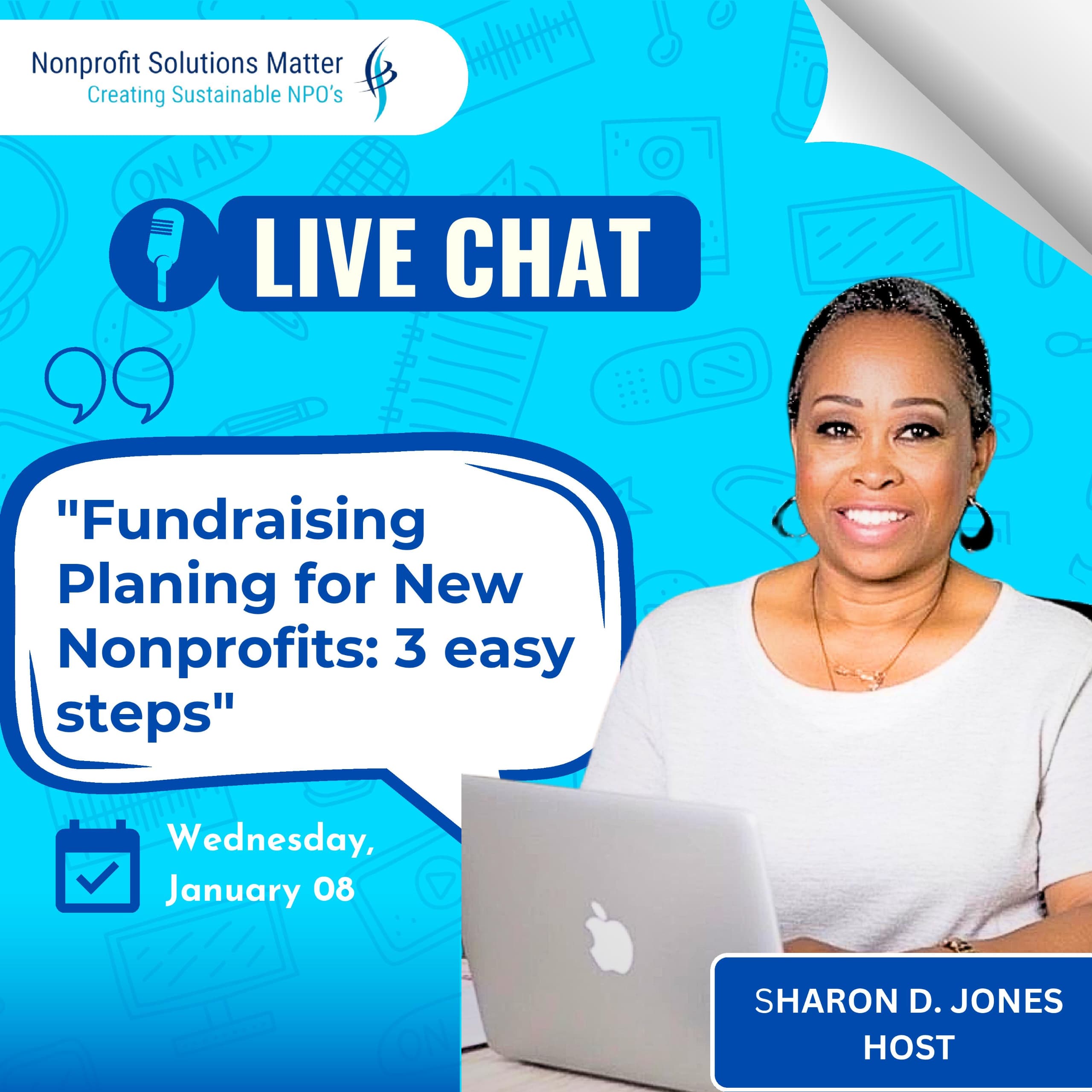8 Steps to Activate and Empower Your Board
Over the past few weeks, we’ve discussed how to unlock corporate funding for nonprofits, but there’s a critical element that often gets overlooked: your nonprofit’s board. A frequent question I hear is, “How do I get my board members involved and supporting our mission?” This is important because, truthfully, 80% of struggling nonprofits can trace their challenges to weak or disengaged boards.
Many board members don’t fully understand the vital role they play. They may think their only job is to attend meetings and hold the title. But that’s far from true. A nonprofit board has serious responsibilities, and if those are neglected, the organization is bound to suffer. A nonprofit isn’t a one-person operation; it thrives when the community rallies behind its impact. But how can you expect the community to get involved if the people closest to the organization—your board—aren’t on board themselves?
Some board members might not even know how to support the organization, and that’s okay. What matters is building their capacity to do so. Even if you have high-quality board members, if they’re not actively helping, it’s hard to make meaningful progress. So how do you build your board’s capacity? Here are eight clear steps to guide you in transforming your board members into active supporters of your nonprofit.
1. Board Assessment
The first step is understanding your board's current strengths and weaknesses. What’s missing? What skills do you need to achieve your goals? By conducting a thorough assessment, you’ll identify gaps and uncover where your board members can contribute more effectively. Without this, you won’t know where to start when it comes to building their capacity.
2. Re-engagement and Recruitment
Once you’ve assessed your board, it’s time to re-engage members. Some may have distanced themselves from the organization or grown disconnected from its goals. Have open conversations with them: Are they still committed? Can they support your direction?
If you identify gaps that can’t be filled through re-engagement, it’s time to recruit new members. Recruitment should be a strategic process, ensuring new members bring in the skills, commitment, and passion necessary to support your mission.
3. Strategic Planning and Review
Once your board is engaged or you’ve recruited new members, you need to involve them in strategic planning. If you already have a plan, review it with them. A shared understanding of the organization’s vision, and goals, and how to achieve them is essential for board alignment and effective collaboration. When everyone is involved in the planning process, they’re more likely to be committed to its success.
4. Delegation and Committee Placement
Planning is only the first step; execution requires delegating responsibilities. Establish committees for key areas like fundraising, program implementation, hiring, and marketing. Breaking down tasks into manageable, committee-driven efforts ensures your board is actively contributing in meaningful ways. Without specific roles, board members may feel disconnected and unproductive.
5. Capacity Building
Even after delegation, not all board members may know how to fulfill their new roles. It’s crucial to train them. Whether it’s how to introduce your nonprofit to their networks or how to contribute to fundraising efforts, equipping your board with the right tools and knowledge will enable them to support the organization effectively. Training can make all the difference.
6. Setting Expectations and Accountability
Clear expectations are essential to leadership. Without them, board members might not know what success looks like. For example, if you want each member to introduce your nonprofit to 12 potential donors, be explicit about it. But expectations alone aren’t enough—accountability processes are vital. Set up regular check-ins, use project management tools, or have a CEO or chairperson follow up to ensure commitments are being met.
7. Reward and Recognition
When your board members meet or exceed expectations, make sure to recognize and reward their efforts. Publicly acknowledging their contributions, either within the board or on your organization’s social media, reinforces their commitment and encourages continued engagement. Everyone likes to feel appreciated, and a little recognition goes a long way in keeping your board members motivated.
8. Board Development Committee
Lastly, create a Board Development Committee dedicated to the well-being and development of your board. While nonprofits focus on the needs of their donors and the community, it’s easy to overlook the people governing the organization. This committee will ensure board members receive the training, recognition, and support they need to thrive in their roles.
Building board capacity isn’t a one-time event—it’s an ongoing process that requires thoughtful planning, engagement, and follow-through. By taking these eight steps, you’ll cultivate a board that actively supports your mission, whether through fundraising, program implementation, or advocating for your nonprofit in the community.
If you’re facing board challenges, don’t settle for running the organization on your own. Re-energize your current board members or bring in new ones who are ready to help you achieve your vision.
In the coming weeks, I’ll dive deeper into each of these steps to give you practical guidance on how to implement them effectively. Together, we can ensure that your board is equipped and motivated to drive your organization’s success. Stay tuned!
Rooney Akpesiri is the VP of Client Services, Solutions Matter LLC























































